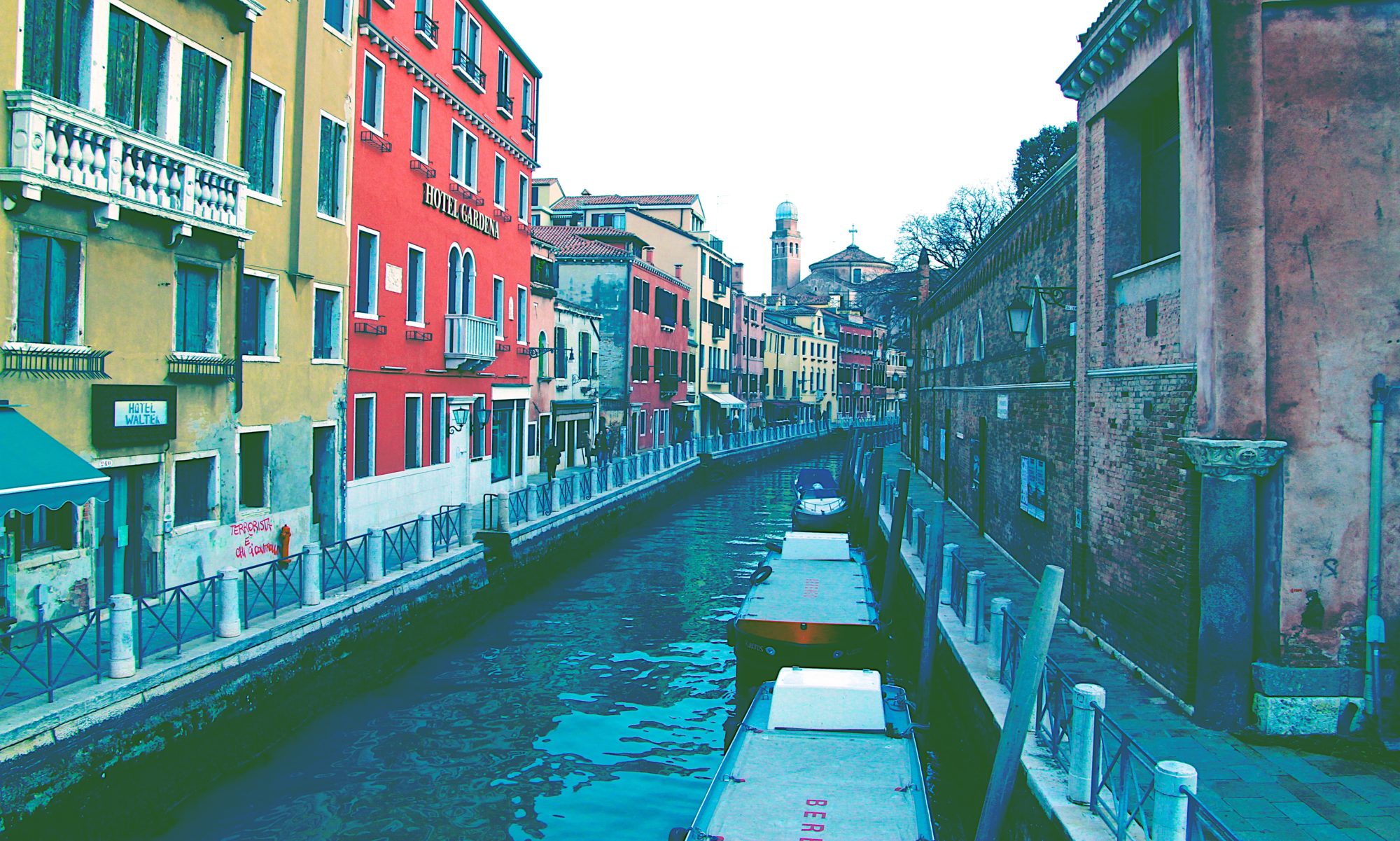The Venice Carnival is an internationally renowned event that takes place annually in the beautiful city of Venice, Italy. Known for its elaborate costumes, masks, and parties, the carnival draws visitors from all over the world to experience the unique and ancient tradition. But have you ever wondered about the history and origins of this spectacular event and the iconic masks that have become synonymous with it?

The origins of the carnival can be traced back to the 12th century when the city of Venice was a thriving center of trade and commerce. At the time, Venice was a republic, and its citizens enjoyed a great deal of freedom and autonomy. The carnival was a time when the strict social hierarchies and class distinctions of Venetian society were temporarily suspended, allowing people of all classes to come together and celebrate.
The masks worn at the carnival were a crucial element of the celebration. The masks were a way for people to escape their everyday lives and social roles and to let loose without fear of judgment. The most popular masks were the “bauta” and the “moretta”. The “bauta” was a full-face mask with a long nose and a wide brimmed hat, which covered the head and shoulders. The “moretta” on the other hand, was a black domino mask, often worn by women. These masks were not only popular among the general population but also among the wealthy, who would don elaborate costumes and masks to conceal their identities and participate in the various parties and events.

The famous 18th-century adventurer and womanizer Giacomo Casanova, who was also a Venetian, was known to have worn a bauta mask during his escapades. The anonymity provided by the mask allowed him to move freely in high society and to pursue his many romantic conquests without fear of being recognized.
Over the centuries, the carnival evolved and changed. In the 18th century, the carnival reached the height of its popularity, with elaborate balls, parades, and performances taking place in the city’s grand palaces and squares. However, in the 19th century, the carnival began to decline, and in 1797, the Venetian Republic fell, and the carnival was banned by the Austrians who controlled Venice.
The carnival was revived in the 1970s, and today it attracts visitors from all over the world. The modern carnival features many of the same elements as the historical carnival, including elaborate costumes, masks, and parties. But it also includes new elements, such as the famous “Flight of the Angel,” a highlight of the carnival where a costumed performer descends from the bell tower of St. Mark’s Basilica on a wire.
In conclusion, The Venice Carnival is a celebration of freedom, creativity, and artistic expression. Its rich history and tradition are embodied in the iconic masks worn during the event. The intricate designs, colors and shapes of the masks, which have evolved over centuries, are a testament to the skill and creativity of the Venetian mask makers. If you ever have the chance to attend the carnival, don’t miss the opportunity to take a closer look at these masterpieces and to immerse yourself in the rich history and culture of Venice.
If you want to know more about Carnival program for this year visit the official website 🙂
#enjoy


